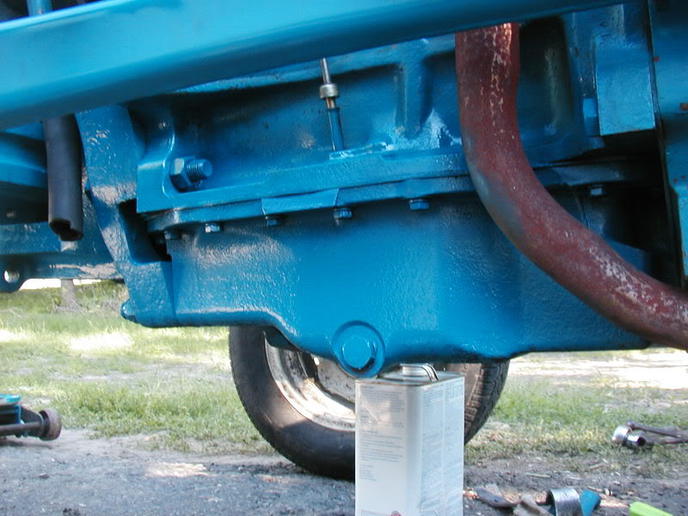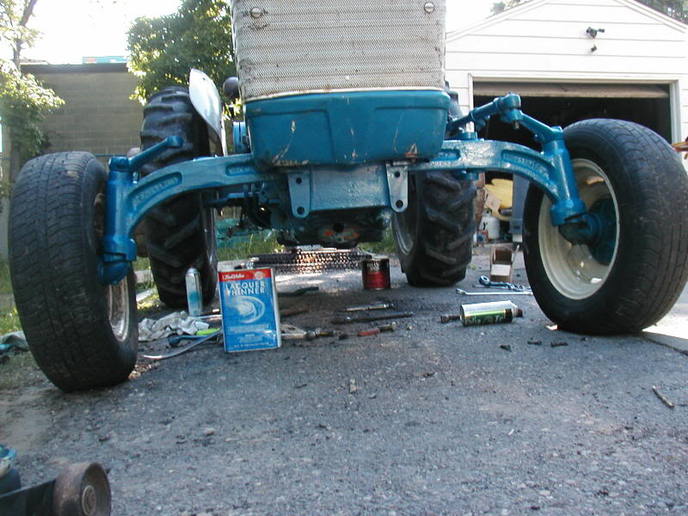Hi all I have a basket case gasoline 3400 that needs the engine bored and sleeved. I just happened to be looking at the local auctions and there is a used 3000 engine going for auction tomorrow. I figure if I can get it cheap enough, it'll be worth a shot instead of spending $1000+ for a rebuild kit and machine work on my original block. From what I've researched it looks like there are 3 generations of the 3000 series through the years. Did the engines change between generations and if so, what do I need to look for to make sure it will fit on my tractor? I know my tractor is a 1966. Here are some codes I see on the original block.
Above oil pan on starter side: C5NE 6015 T1
NC198169J16
Around oil filter: C5NE-6884-D
Any help would be greatly appreciated!
Above oil pan on starter side: C5NE 6015 T1
NC198169J16
Around oil filter: C5NE-6884-D
Any help would be greatly appreciated!




